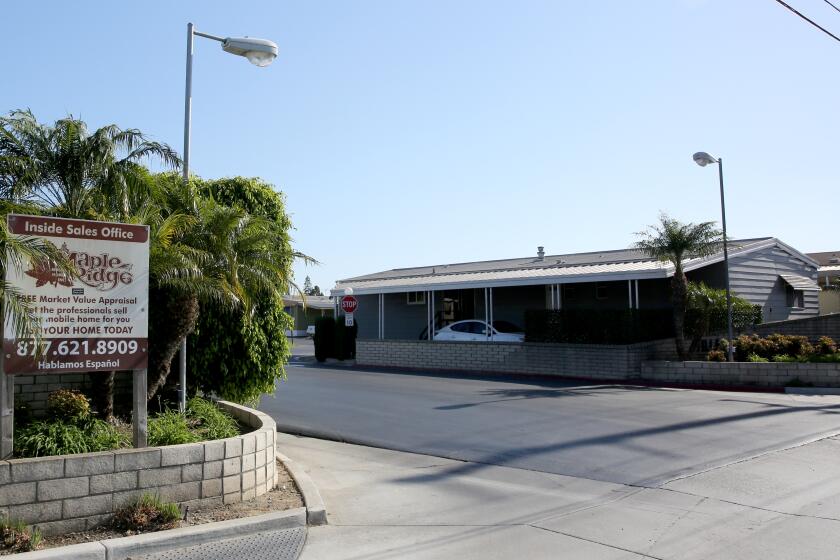Balboa Village plan goes to Planning Commission
- Share via
Once the bustling center of historic Newport Beach, Balboa Village and its Main Street lost their luster in recent decades.
Former locals restaurants are empty shells. An art gallery opened and closed within months.
On its face, the problem seems simple: Seasonal visitors don’t spend enough time in the village to support a variety of businesses.
But a panel of five citizens and a team of city workers and consultants say the issues are much more complex. They have produced a 22-point plan to address economic development, parking, planning, landscaping and governance issues.
The group turned over its findings to the Neighborhood Revitalization Committee.
On Thursday the committee present its conclusions to the Planning Commission.
“It’s the beginning of a long process,” said panelist Ralph Rodheim, who owns Balboa Boat Rentals.
The recommendations range from financial incentives to get businesses to improve their façades to parking recreational vehicles in the oceanfront city-owned parking lot during the winter to generate revenue, and reinvesting the parking fees in the area.
What to call that area is another point. The committee likes Balboa Village Fun Zone, and recommends it for signs and marketing materials. This commercial zone would stretch between the two waterfronts from Adams to A streets.
A marketing firm surveyed 600 visitors or potential visitors, and 400 residents, and found that most thought of the area as Balboa, the Fun Zone and some mistakenly as Balboa Island.
Keeping the Fun Zone in the name would help with brand recognition, they found.
“If I mention to anybody, go to the Fun Zone, they know where it is,” Rodheim said.
The city spent about $130,000 on the village neighborhood revitalization process, including extensive market and parking studies.
Parking has nagged the village for years. Visitors park on residential streets or can’t find parking that they perceive as convenient. A study found that the city’s lots were underutilized, so the committee recommended higher parking meter prices and residential parking permits to push people into the lots. The meters would be demand-based, with the most busy times charging up to $2.50 per hour.
The residential overnight parking permit plan isn’t ready to be implemented, the report says, partially because the California Coastal Commission would still have to approve it. Some residents were skeptical, while others supported annual parking permits, which would be $20 for a residence’s first car and up to $100 for the fourth.
W.R. Dildine, who lives in the 300 block of East Balboa Boulevard, said that people park their cars by his house and wheel their overnight luggage to the Catalina Flyer landing. He would like to see the residential streets restricted.
But when it comes to R.V.s in the oceanfront lot, Dildine is not as excited about the findings.
“It’s not the wilderness,” he said, “not when your campground is adjacent to your village.”
He worried about barbecues and sporting equipment splayed out in an R.V. parking lot. The city’s study showed that the lot could generate about $200,000 per year net revenue, with an up-front infrastructure investment of $800,000.
That money could be pumped back into the village to improve sidewalks, benches and other public amenities, according to the report.
That may not be enough to bring the area back, Rodheim said.
“It’s not just the city,” he said. “It’s up to the property owners and various business to do better.”
The City Council is tentatively scheduled to hear the matter Aug. 14.
Twitter: @mreicher
All the latest on Orange County from Orange County.
Get our free TimesOC newsletter.
You may occasionally receive promotional content from the Daily Pilot.



